Think of off-roading and two companies spring to mind – Land Rover and Jeep.
For nearly a century the British and American brands have been the iconic names when it comes to go-anywhere capabilities.
The Jeep Wrangler is as associated with crawling into the Utah mountains as the Defender is with tearing up a heathered hillside in Highland Perthshire.
Jeep sent me the latest Wrangler in full fat Rubicon guise – the most off-road focused model of a car designed to be one of the best mud-pluggers on the planet.
My neighbours on the quiet Dundee street I live on are used to a new car appearing on my drive every week. But even their heads turned at the Wrangler.
From its in-your-face grille to its oversized knobbly tyres and its sheer overall bulk it’s not a car that blends into the background.
Unlike the Defender, which was replaced by a modern version a few years ago, the 2025 Jeep Wrangler still looks like its forebears. You could park it next to Jeeps from the 1940s to the 1980s and see the family resemblance.
How much does the Jeep Wrangler cost?
Prices for the Wrangler Rubicon start at £63,125 (the slightly more road-focused Sahara version is £2,000 less).
With fuel economy of around 24mpg and CO2 emissions of 269g/km it’s not particularly kind to the wallet or the environment.
Only one engine is available in the UK, a 2.0 litre turbocharged petrol that is paired with an eight-speed automatic gearbox. It has plenty of punch and serves up 0-62mph in just 7.2 seconds – no mean feat for such a big slab of a car. It’s also capable of towing 2.5 tonnes.
Apart from a wee tour down a muddy field near Liff I didn’t get to do much off-roading in my Wrangler (any local farmers that want to offer me their land for future offroad adventures please get in touch).
However there’s no doubting it will be impressive. You can switch from two to four-wheel drive at the push of a lever, and there is a low range setting for when the going gets really tough.
The Rubicon version I drove improves the already prodigious off-road prowess even further with chunkier tyres and locking front and rear differentials for extra traction on slippery slopes.
The roof has two detachable panels that you can remove for wind-in-your hair off-roading. Just check the sky first – it takes a couple of minutes to reattach them and I wouldn’t fancy doing it in a downpour.
What is the Jeep Wrangler like inside?
Inside the Wrangler you sit high up and have a king-of-the-road feeling. Leg room is good in the front and back, and you’d have to be wearing a top hat before you’d touch the ceiling.
The boot opens in two sections, with the screen lifting up and the lower section side-hinging outwards. It takes a bit of getting used to but creates a huge opening that can swallow bulky items.
With all five seats in place there’s 533 litres of space. Fold the seats down and there’s a van-like 2,050 litres. In the cabin big dials make the heating and fan controls easy to use – essential if you need to adjust them while bouncing up a hillside – and the large touchscreen has smartphone mirroring.
For the most part, though, the interior is like the exterior – basic and utilitarian. That’s not necessarily a bad thing.
Whereas Land Rover have taken the latest Defender upmarket, giving it a more luxurious interior and better road manners, the Wrangler is still spit and sawdust, with an interior you wouldn’t feel guilty hosing out after an expedition.
Is it fun to drive?
Its big, heavy axles bounce you around on-road, where the Defender’s more sophisticated setup smooths out the ride.
That said, the Wrangler does at least have accurate steering and is easy to drive, unlike the Ineos Grenadier, where you’re still unspooling the steering wheel long after you’ve rounded a bend in an effort to point the car straight ahead.
The deep, studded tyre treads are designed for mud and ruts and can be a bit treacherous on tarmac.
A couple of times I felt the back end slip when the roads were wet, although it loses grip very gradually and is easy to correct. Switching from two to four-wheel drive seemed to resolve the grip issue.
At 70mph on the A90 to Perth quite a lot of wind and tyre noise made their way into the cabin. But it’s the kind of car where you stop caring about refinement and comfort.
You’re behind the wheel of an icon that can trace its roots back to the military Jeeps of the 1940s. Who cares about a bit of wind noise?
Jeep Wrangler review – facts:
Price: £63,125
0-62mph: 7.5 seconds
Top speed: 99mph
Economy: 24mpg
CO2 emissions: 269g/km
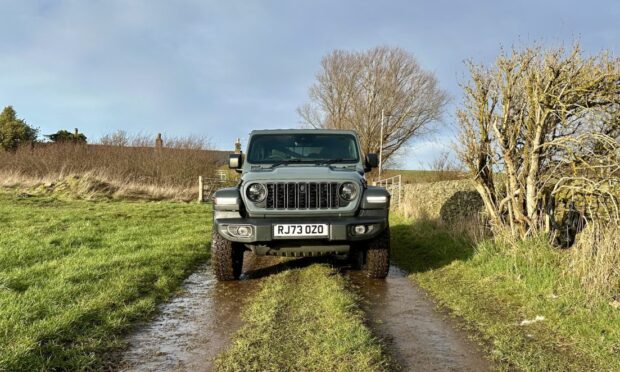
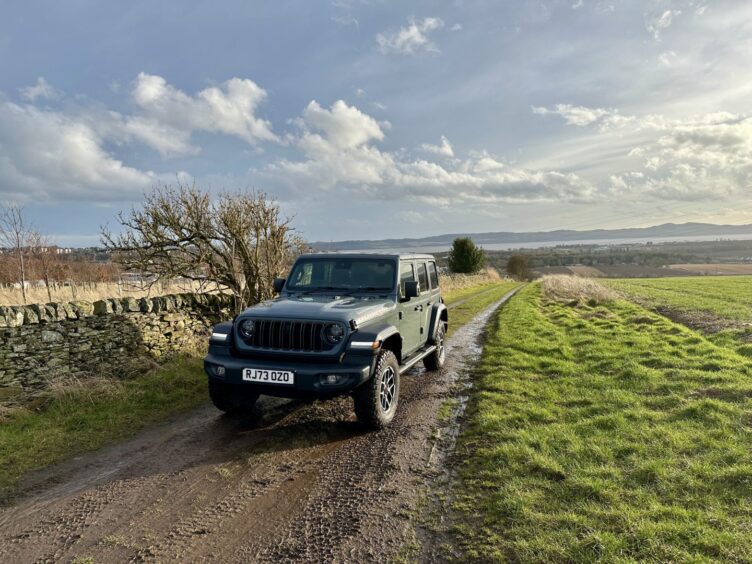
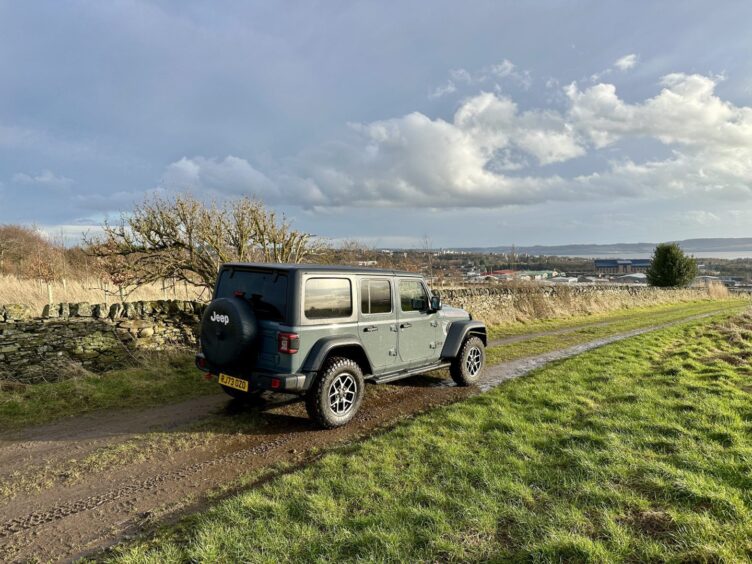
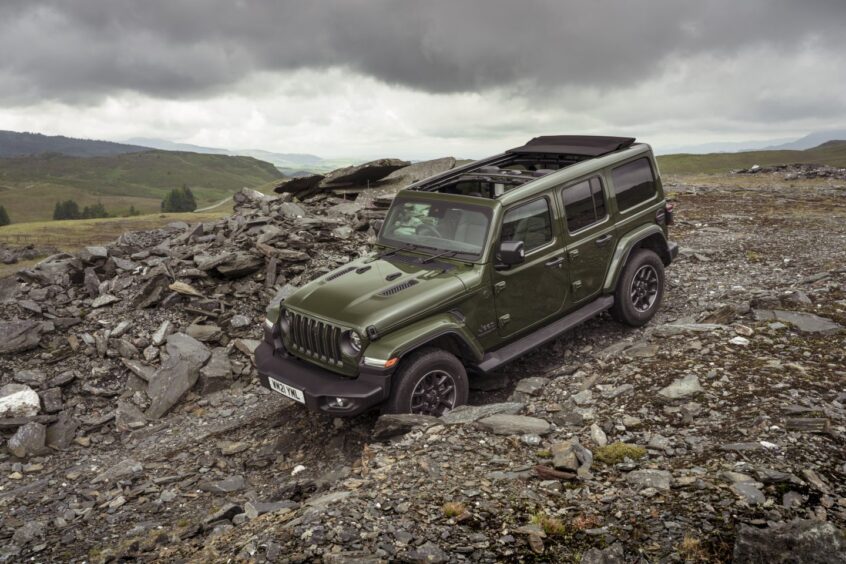
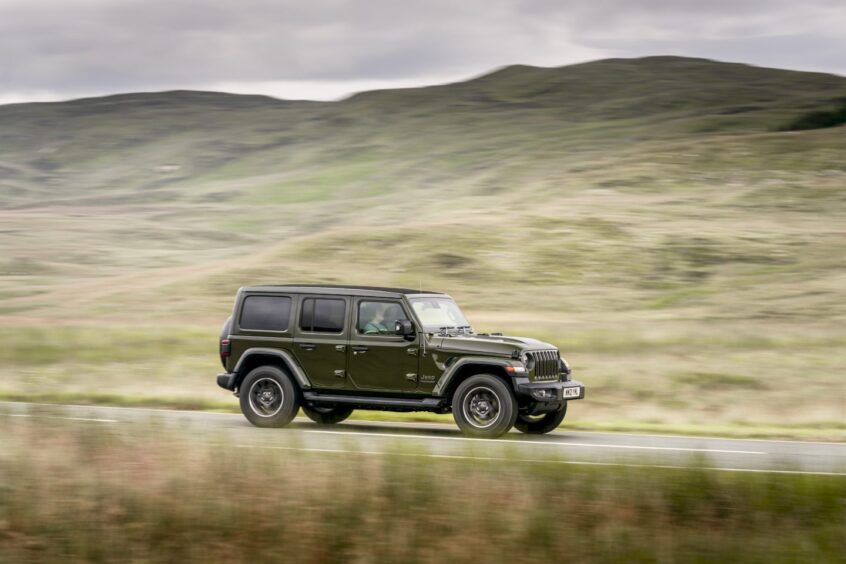
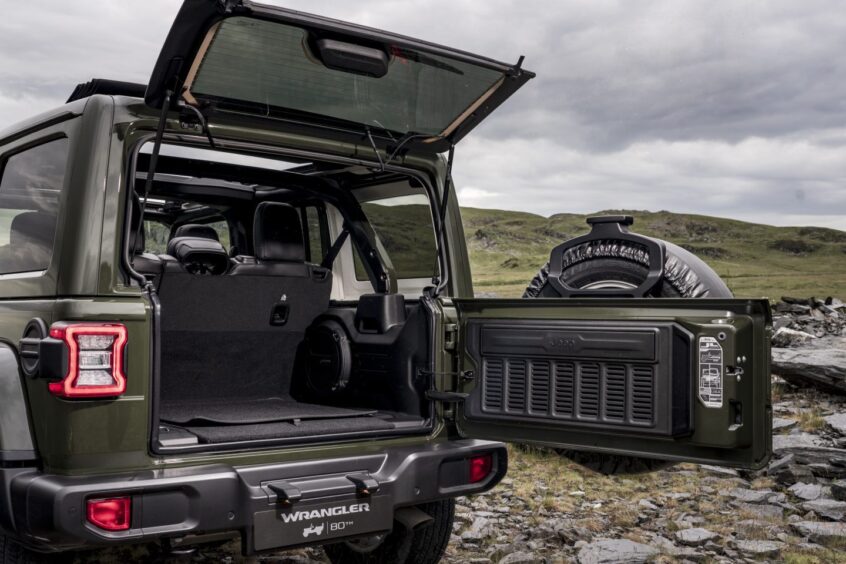
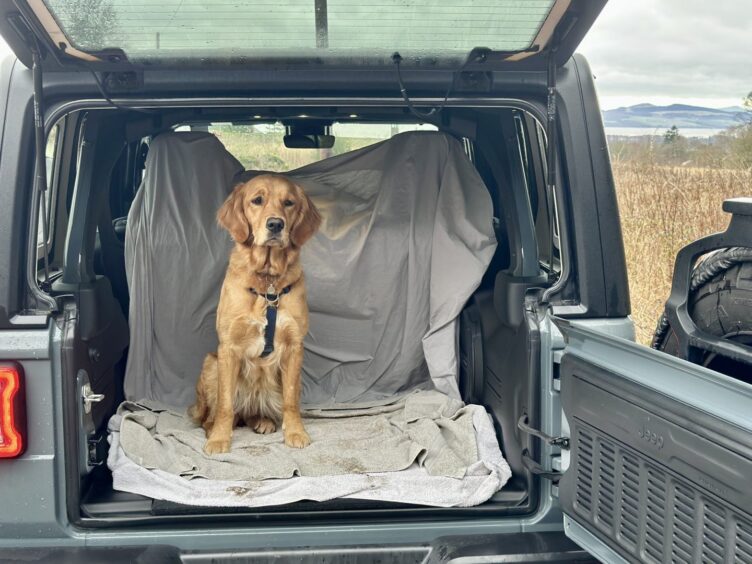

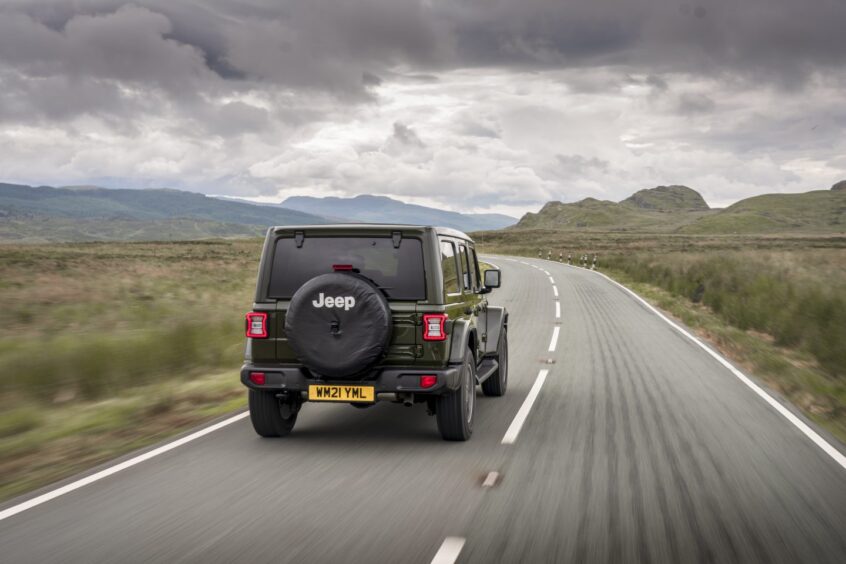
Conversation